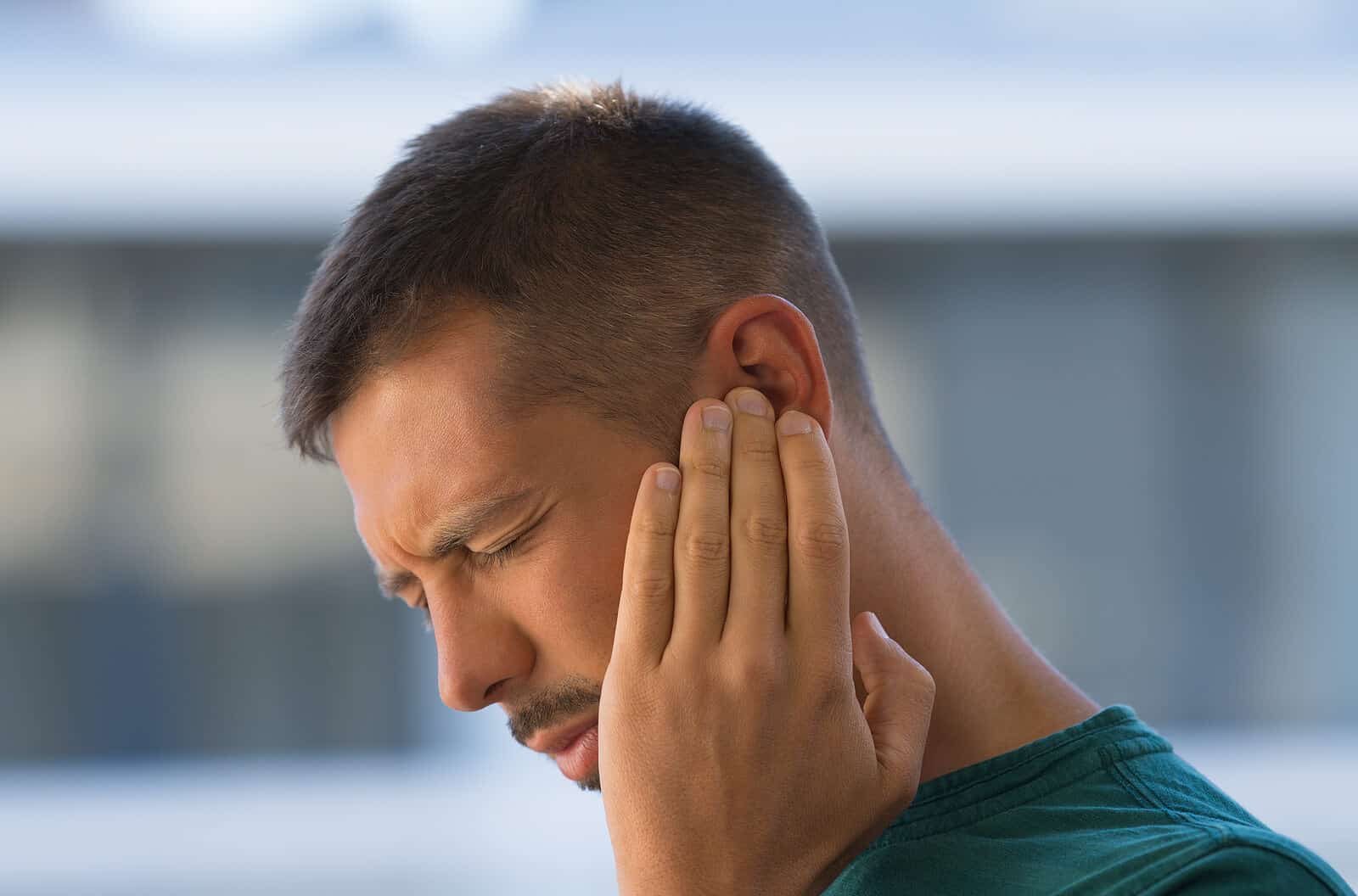
In the hustle and bustle of our modern lives, surrounded by a cacophony of sounds, few of us stop to consider the potential harm to our auditory health. Noise Induced Hearing Loss (NIHL) is a prevalent but often underestimated condition that can significantly impact our quality of life. In this blog, we’ll delve into the subtleties of NIHL, exploring its causes, effects, and preventive measures.
The Stealthy Onset of NIHL
NIHL is a gradual and often imperceptible condition that arises from prolonged exposure to loud noises. These noises may be a part of our daily routines, from the blaring traffic on city streets to the constant hum of household appliances. The insidious nature of NIHL lies in its ability to accumulate damage over time, with symptoms manifesting only after considerable harm has been done.
Decoding the Mechanisms
The delicate structures within our ears are susceptible to damage when exposed to excessive noise levels. Sound waves, which are meant to be converted into electrical signals for our brains to interpret, can become overpowering at high volumes. This overstimulation can lead to the breakdown of hair cells within the inner ear, disrupting the transmission of signals to the brain and resulting in hearing impairment.
The Culprits in Disguise
Everyday activities, such as listening to music through headphones, attending concerts, or working in noisy environments, can contribute to NIHL. Common culprits include loud machinery, concerts, and even seemingly harmless household tools. It’s not just the intensity of the noise but also the duration of exposure that matters. The World Health Organization recommends limiting exposure to sounds above 85 decibels for extended periods to safeguard our hearing health.
The Silent Consequences
NIHL doesn’t discriminate – it can affect anyone, regardless of age. Its impact extends beyond mere hearing loss, encompassing social, emotional, and cognitive dimensions. Struggling to communicate in noisy environments, experiencing difficulty concentrating, and feeling socially isolated are common consequences. Moreover, untreated NIHL can lead to more severe conditions, such as tinnitus (ringing in the ears) or hyperacusis (increased sensitivity to normal sounds).
Embracing a Sound Strategy
The good news is that NIHL is largely preventable. Implementing simple yet effective strategies can go a long way in protecting our ears. Consider using ear protection devices, such as earmuffs or earplugs, in noisy environments. Take breaks from prolonged exposure to loud sounds, allowing your ears time to recover. When using headphones, keep the volume at a moderate level, and consider noise-canceling options to reduce the need for high volumes.
A Call to Awareness
Understanding NIHL is the first step towards its prevention. By cultivating awareness about the potential risks associated with loud noises, we empower ourselves and others to make informed choices for our auditory well-being. Encouraging workplace initiatives to reduce noise levels, promoting responsible use of personal audio devices, and advocating for hearing protection in recreational settings are crucial aspects of a comprehensive approach to NIHL prevention.
In conclusion, our ability to hear is a precious gift that deserves protection. Noise Induced Hearing Loss may be a silent threat, but armed with knowledge and a commitment to preventive measures, we can ensure that our ears remain resilient against the clamor of the modern world. Let’s take a moment to appreciate the beauty of life while safeguarding our auditory harmony for years to come.
